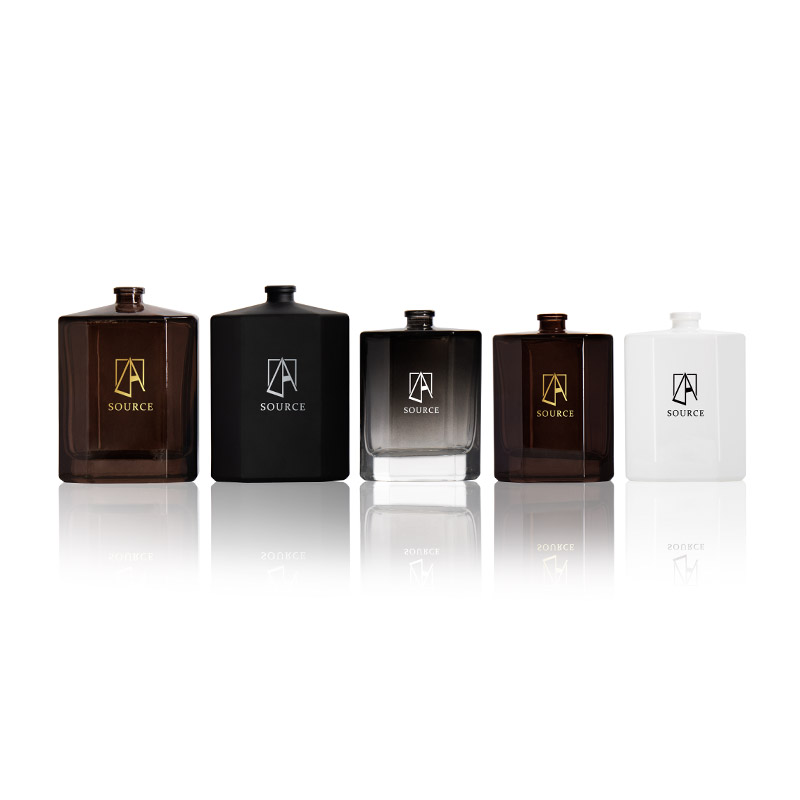
Ever struggled with a stubborn perfume bottle that just wouldn’t open? I’ve been there—fighting with a new bottle while my frustration mounted and my fingertips turned red. There’s a better way!
Opening a perfume bottle involves identifying the mechanism type first—typically a spray top, screw cap, crimp-on collar, or stopper design. Most spray tops pull straight off, while decorative caps often twist off to reveal the actual sprayer underneath.
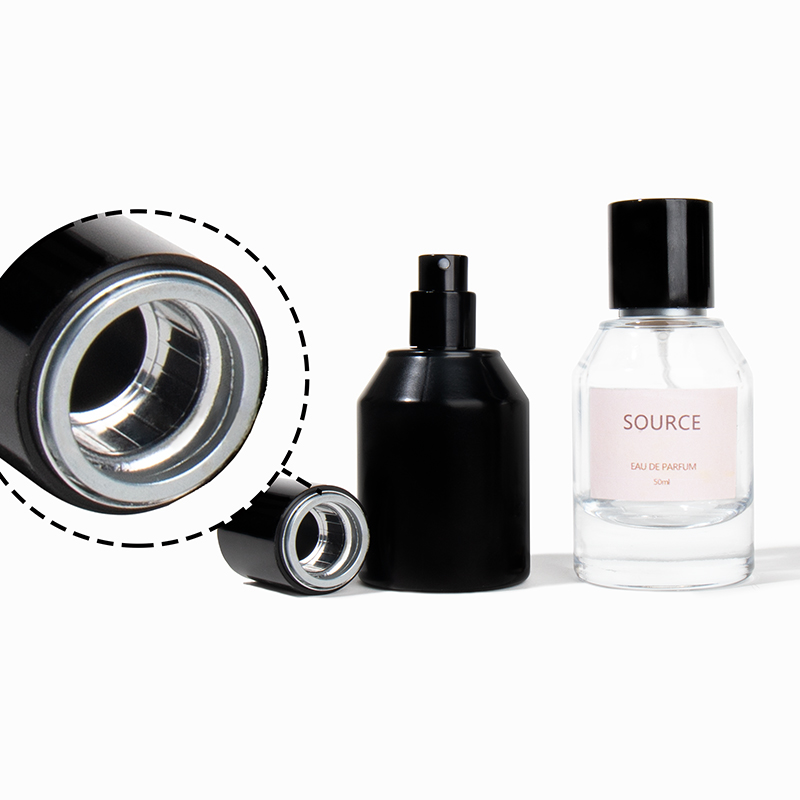
As someone who manufactures glass bottles for a living at Crystal, I’ve seen every type of perfume packaging imaginable. The techniques I’m about to share come from years of experience and thousands of bottle designs passing through our factory floors in Xuzhou.
How to store perfume to last longer?
That expensive fragrance you love? It’s literally evaporating away if you’re storing it wrong. Heat, light, and air are silently destroying your precious scent collection right now.
Perfumes last longest when stored in cool, dark places away from temperature fluctuations. Avoid bathroom storage, keep bottles in their original boxes, and ensure caps are tightly sealed after each use to prevent oxidation and preserve fragrance integrity.
I’ve seen countless customers frustrated by quickly fading scents, and it almost always comes down to improper storage. After manufacturing millions of glass bottles annually at our Crystal facility, I’ve learned exactly what damages perfume over time.
The bathroom might seem convenient, but it’s actually one of the worst places for your fragrances. The constant temperature changes when you shower create a mini climate disaster for perfumes! I tell all my friends to keep their fragrances in their bedroom drawers instead.
Temperature stability is crucial for maintaining molecular integrity in fragrances. When perfume experiences repeated heating and cooling, the delicate balance of top, middle, and base notes begins to break down unevenly. This is why a bottle kept in a bathroom often smells "off" after a few months.
Many of our high-end clients at Crystal specifically request dark-colored glass for their perfume lines. This isn’t just for aesthetics—darker glass (especially amber and cobalt blue) filters out harmful UV rays that accelerate degradation. If your perfume came in clear glass, keeping it in its original box provides similar protection.
Refrigeration: Yes or No?
There’s debate about refrigerating fragrances. From my experience working with luxury fragrance brands, I can tell you that light, citrus-based perfumes do benefit from refrigeration, extending their life by up to 6 months. However, more complex scents with woods and resins can actually become cloudy and separate when chilled.
If you have a valuable collection, consider dedicating a small wine cooler set to about 55°F (12°C) for optimal preservation. Just remember to let the bottle warm up slightly before spraying to ensure proper dispersion.
Best conditions to store perfume
I once visited a customer who kept her entire perfume collection on a sunny windowsill. When I explained why her fragrances were fading so quickly, she was shocked. Your perfume needs protection just like fine wine!
The ideal conditions for perfume storage include consistent temperatures between 55-70°F (12-21°C), humidity below 65%, complete darkness, and minimal air exposure. Keep bottles upright with tightly sealed caps in their original packaging for maximum longevity.
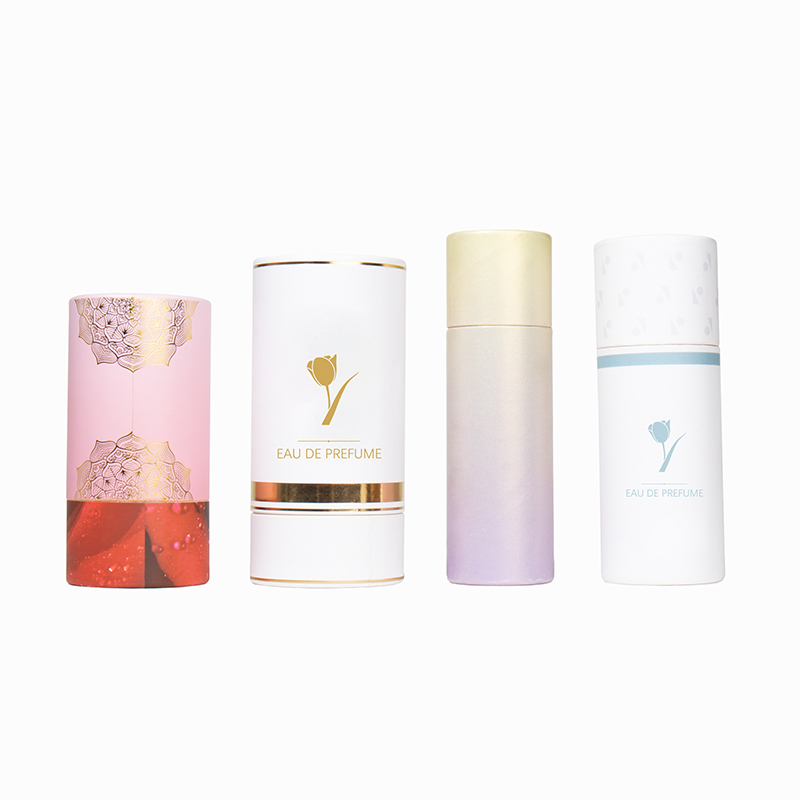
At Crystal, we design our perfume bottles with preservation in mind. Let me share what I’ve learned from years in the glass bottle industry about creating the perfect home for your fragrances.
Humidity is a factor many people overlook. Too much moisture in the air can affect the chemical composition of your perfume over time, which is why we always recommend storage in dry areas. This is particularly important for those living in coastal or tropical climates. I typically suggest using silica gel packets (like those found in new shoes or bags) in your perfume drawer if you live in a humid environment.
Light exposure is perhaps the biggest enemy of perfume longevity. Even artificial light can damage fragrances over time, though not as quickly as direct sunlight. This is why we often see luxury brands choosing heavier, opaque bottles with thicker glass walls—they’re literally engineering longer shelf life into their product.
The orientation of your bottles matters too! Always store perfume upright to minimize the surface area exposed to air and reduce the risk of leakage. If you’ve ever noticed a dark stain on a perfume box, that’s likely from a bottle that was stored on its side, allowing trace amounts of perfume to seep around the spray mechanism.
From our testing at Crystal, we’ve found that perfumes stored under optimal conditions can maintain their intended scent profile up to 5 years, while poorly stored fragrances might deteriorate within months. This difference makes proper storage one of the best investments you can make for your fragrance collection.
Why is my perfume losing its scent?
Last month, a customer complained her favorite fragrance seemed to vanish minutes after application. She was spraying more and more, wasting product, when the real issue was chemical breakdown happening inside her bottle.
Perfumes lose their scent primarily due to oxidation, UV light exposure, temperature fluctuations, or simply evaporation. Once opened, fragrance molecules begin a slow degradation process, accelerated by poor storage conditions and frequent opening that introduces more oxygen.
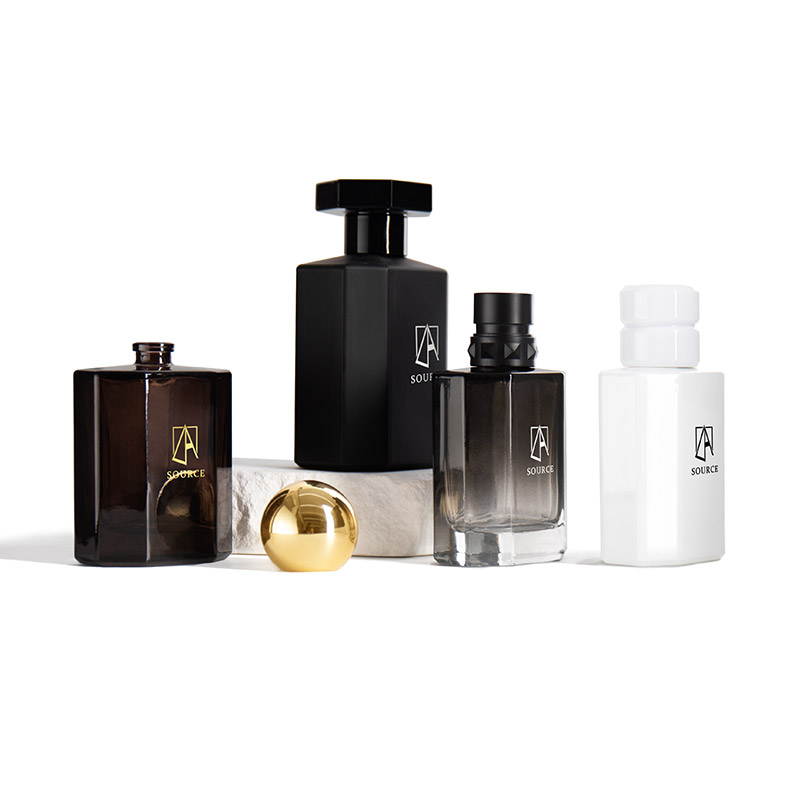
In our glass manufacturing plant, we conduct shelf-life tests for clients, and I’ve witnessed firsthand what happens to fragrances over time. The science behind scent preservation is fascinating and explains why your perfumes might not last as long as you’d hope.
Oxidation is essentially your perfume reacting with oxygen. Each time you open the bottle, you’re introducing fresh air that initiates chemical changes in the fragrance compounds. This is why fragrances with alcohol bases (most commercial perfumes) are particularly vulnerable—alcohol accelerates the oxidation process.
The color change in older perfumes tells an important story. If your once-clear fragrance has turned amber or yellow, that’s visible evidence of oxidation. The fragrance hasn’t just changed appearance—its molecular structure has been altered, affecting both scent profile and longevity on your skin.
Some notes are particularly vulnerable to breakdown. Citrus oils (like bergamot, lemon, and orange) are usually the first to degrade, which is why that fresh, zingy top note might disappear from an older perfume while the base notes remain. When designing bottles for citrus-heavy fragrances, we often recommend specialized coatings on the internal glass surface to minimize this effect.
Even the amount of air in your bottle affects longevity. A half-empty bottle has more air inside, speeding up oxidation. This is why some perfume enthusiasts transfer remaining fragrance to smaller containers as they use it.
At Crystal, we’ve experimented with various spray mechanisms that minimize air entry during use. The best designs create a near-perfect seal when not in use, significantly extending the life of the contents.
How to apply perfume for maximum effect?
I used to spray perfume directly onto my wrists and rub them together—until a French perfumer visiting our factory gasped in horror! Apparently, I’d been destroying the delicate composition of my expensive scents for years.
For maximum perfume effect, spray onto pulse points (wrists, neck, behind ears) without rubbing, which damages the fragrance. Apply to moisturized skin after showering, keeping the bottle 5-6 inches away. Layer matching products for longer-lasting scent, and consider spraying clothing for extended wear.
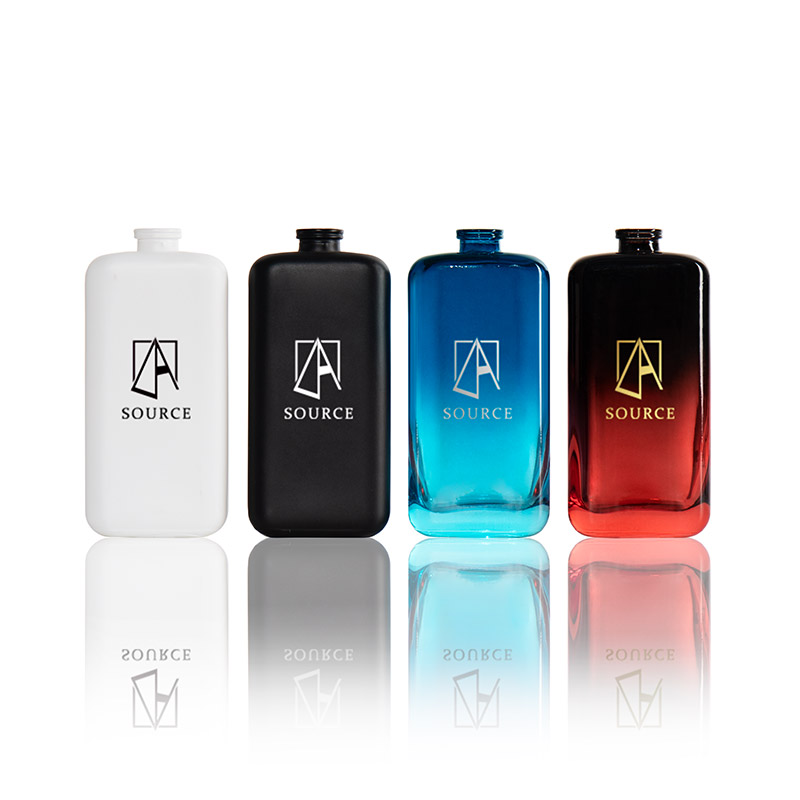
Through our work with luxury fragrance brands at Crystal, I’ve picked up professional application secrets that can transform how your perfume performs.
The science of perfume application is rooted in body temperature and moisture. Pulse points are ideal because they’re naturally warmer, which helps project the scent. However, the common practice of rubbing wrists together actually "crushes" the delicate top notes and alters the carefully crafted scent profile. Instead, simply let the fragrance dry naturally.
Distance matters tremendously when spraying. Holding the bottle too close concentrates the fragrance in a small area, potentially wasting product and creating an overwhelming effect. The 5-6 inch rule creates an ideal mist dispersion pattern—something we actually test when designing spray mechanisms at our factory.
For those struggling with fragrance longevity, a game-changing technique is "fragrance layering." This doesn’t mean applying more perfume—it means using complementary products in the same scent family. A matching shower gel, followed by body lotion, creates a foundation that helps the actual perfume last significantly longer. The lotion provides moisturized skin that holds fragrance molecules better than dry skin.
Clothing application is controversial in perfume circles, but I’m a firm advocate based on our testing. Natural fabrics like cotton, silk, and wool hold fragrance beautifully without the scent-altering effect of skin chemistry. A light spray on a scarf or the collar of a shirt can provide subtle fragrance all day. Just be cautious with delicate or light-colored fabrics, as some perfume ingredients can stain.
The timing of application makes a surprising difference. Applying immediately after a shower, when pores are open and skin is warm, helps the fragrance integrate better with your natural body chemistry. This creates a more personalized scent that often lasts longer than applying to cool, dry skin.
Conclusion
Proper opening, storage, and application techniques will transform your perfume experience. Protect your fragrant investments from heat and light, apply correctly to pulse points, and enjoy your favorite scents as they were truly meant to be experienced.




